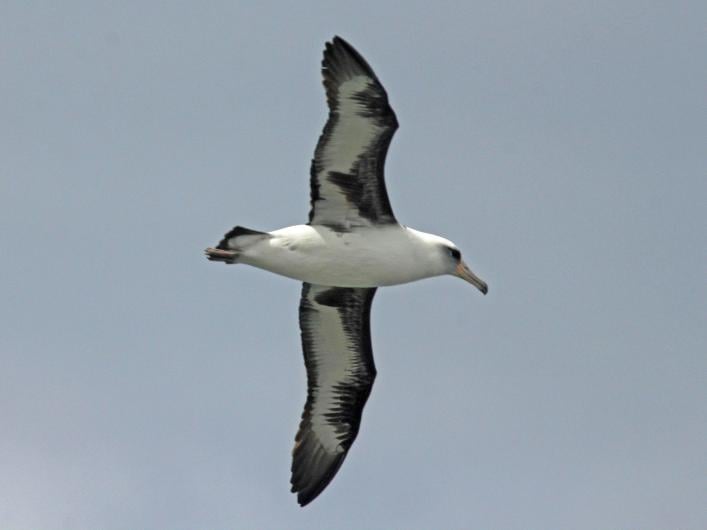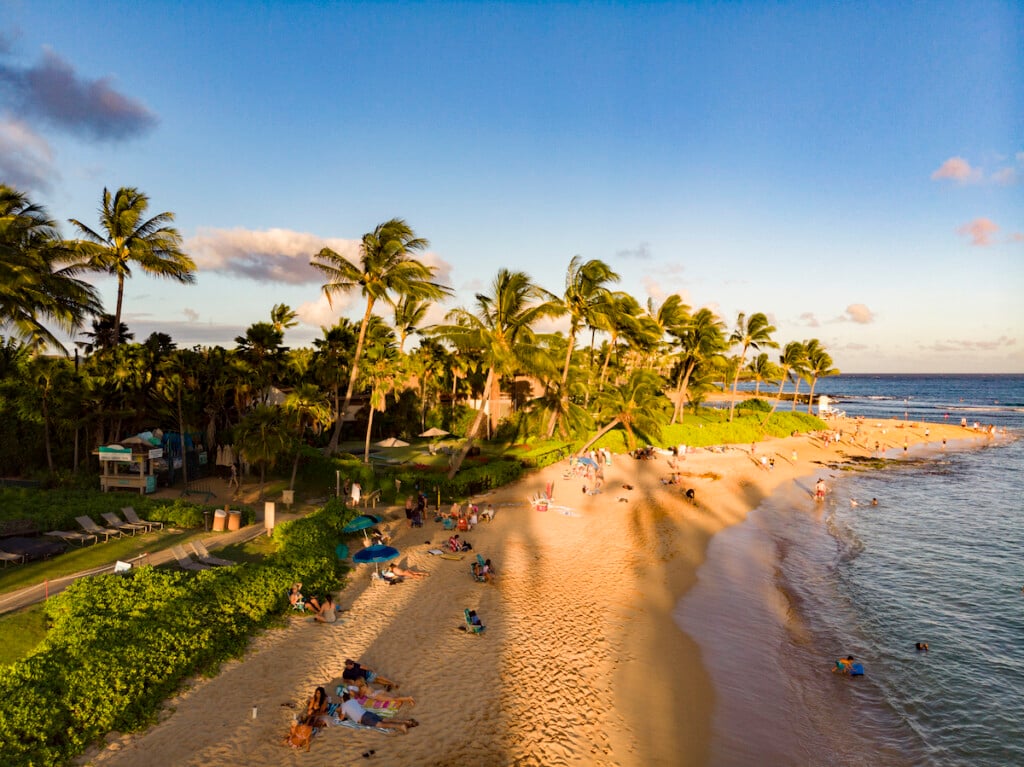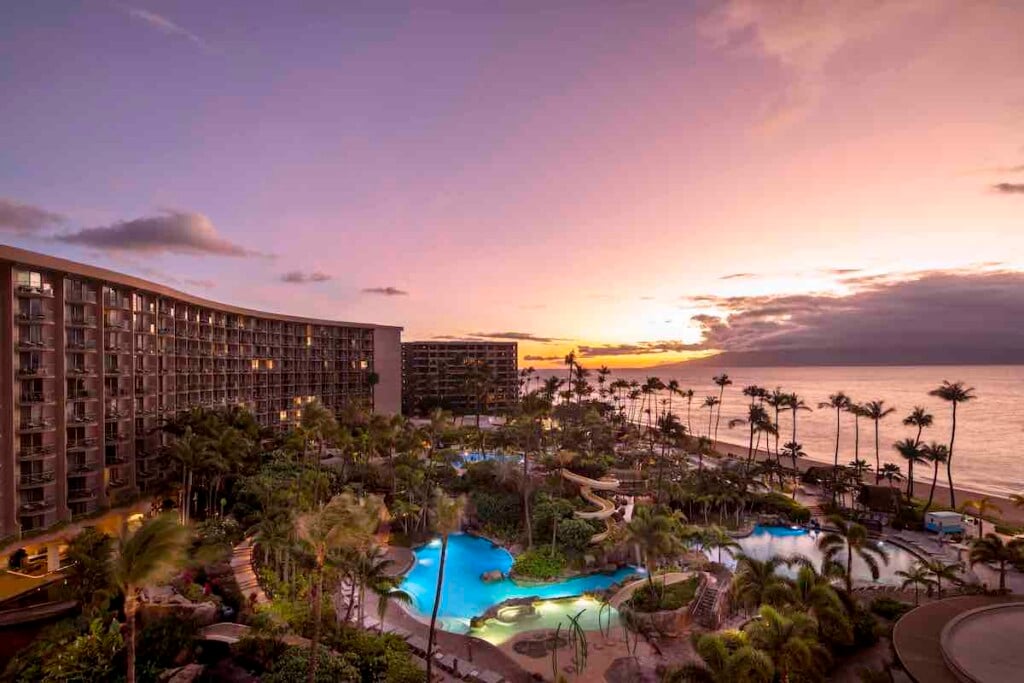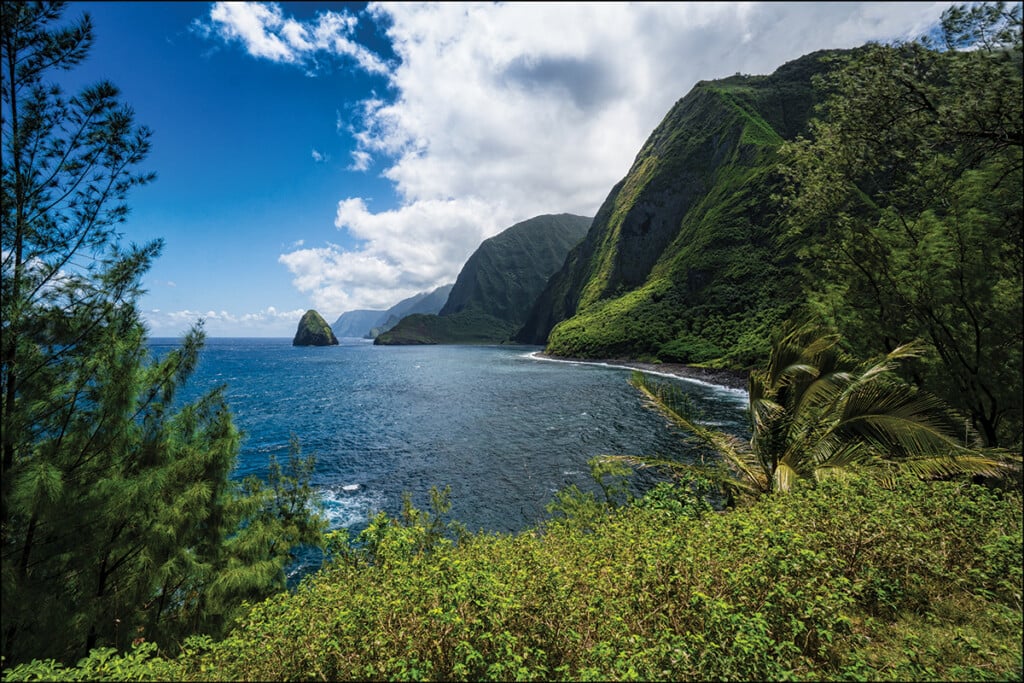Where to go to spot nesting albatross in Hawaii
The magnificent birds with an almost 7-foot wingspan come to several spots in the Hawaiian Islands to breed.

What’s wobbly-footed, bobble-headed and able to fly more than 2,000 miles in a single stretch?
The Laysan albatross, a magnificent bird with an almost 7-foot wingspan known for its incredible capacity to stay at sea for up to five years without ever touching land.
The expert glider can soar for hours without so much as a single wing flap, but when it does settle down to breed, it’s a curious sight. They have a habit of clacking their beaks while jiggling their heads, and, much like drunkards, waver and wobble about, awkward from a life spent chasing the wind.
Though most Laysan albatrosses breed in the uninhabited and rarely visited Northwestern Hawaiian Islands, it’s also possible to see them in small, publically-accessible breeding populations on Oahu and Kauai. They usuallly arrive and begin breeding and nesting in November. July and August cap their nine-month breeding season, and are the best months to see chicks.

Photo by USFWS Pacific Region.
On Oahu, Laysan albatrosses can be found nesting on the North Shore at the Kaena Point Natural Area Reserve. This wild coastal acreage on the Island’s westernmost finger of land is lassoed by a predator-proof fence that helps to protect the vulnerable albatrosses and other nesting seabirds from mongooses, rats, pigs, cats and dogs that prey on eggs, chicks, and, in some cases, even adult birds. The reserve is free to visit and accessible by a 5.4-mile round-trip hike.
On Kauai, nesting albatrosses can be commonly seen along the northern coast, especially at the Kilauea Point National Wildlife Refuge. There, thousands of migratory seabirds nest and forage in the cliffs abutting Kilauea Lighthouse. The refuge is open Tuesday through Saturday from 10 a.m. til 4 p.m. There is an admission charge of $5 per adult and children 16 and under are free.

Photo by Eric VanderWerf, Pacific Rim Conservation.
Though albatrosses roam far and wide over the open ocean, they always know how to find their way back home. That’s because albatrosses imprint on the location of their birth colony and, almost as if drawn back by a magnetic pull, return there to breed. Albatrosses can live well into their 60s, and they breed annually or every few years. At the conclusion of the nesting period, the birds return to the air.
Breeding areas in the main Hawaiian Islands are important, and not only because they offer Hawaii residents and visitors the opportunity to see this species—found nowhere else on Earth—up close. The Oahu and Kauai nesting areas offer the birds an alternate place to mate and breed in an age when climate change threatens the future of the Northwestern Hawaiian Island chain, which 99 percent of the population calls home.
If you can’t make it to see the birds in person, you can also view them from anywhere in the world on The Cornell Lab of Ornithology’s Kauai-based Laysan albatross cam.


